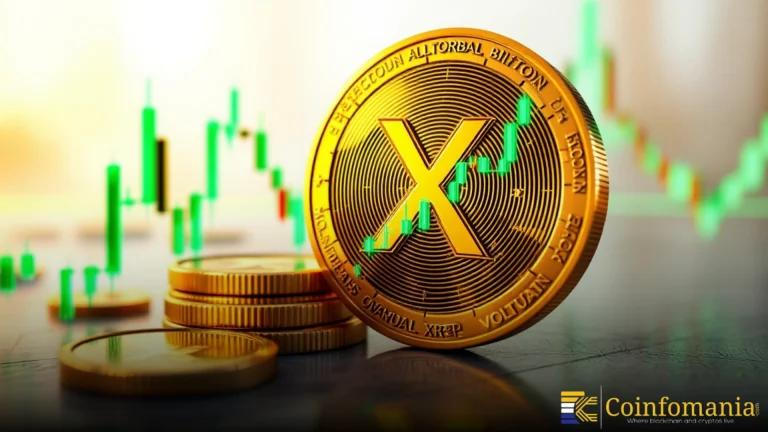Stablecoin Usage Still Small, Say Visa and Mastercard
Stablecoin usage remains small, say Visa and Mastercard, who see limited impact on payments but potential growth in unstable economies.

Quick Take
Summary is AI generated, newsroom reviewed.
Visa and Mastercard report stablecoin usage is currently very low.
Their $15 trillion payment volume dwarfs stablecoin transactions.
Stablecoins may grow in countries with weak or unstable currencies.
Both companies are cautiously exploring blockchain technology.
In a recent tweet by Wu Blockchain, payments giants Visa and Mastercard shared a clear message: stablecoin usage is not yet a threat to their business. Both companies said the amount of money moving through stablecoins is very low compared to what they handle.
Visa processes about $15 trillion worth of payments every year. Mastercard isn’t far behind. Right now, the total volume of stablecoin transactions doesn’t come close to these numbers.
They said they’re keeping an eye on the crypto space, but there’s no sign yet that stablecoins are strong enough to compete with their services.
What Are Stablecoins?
Stablecoins are digital money tied to real currencies like the US dollar. This keeps their value steady, unlike coins like Bitcoin that can jump up and down a lot.
A lot of people believe stablecoins could make sending money—especially to other countries—quicker, cheaper, and easier. But Visa and Mastercard don’t think that’s happening just yet. For now, they believe most people still prefer using traditional payment methods. Most people still trust and use their regular bank cards, especially in countries where the financial system works well.
Where Stablecoins Might Help
Even though they’re not worried, both Visa and Mastercard admitted that stablecoin usage might grow in some countries. In countries where the local money loses value quickly—like Venezuela or Argentina—people may use stablecoins to keep their money safe or send it to others.
In these cases, stablecoins can be really helpful. Mastercard said they could see some growth in these kinds of markets. Visa agreed and added that digital coins might help in areas where people don’t have access to banks.
So, while stablecoins may not take over in big markets, they could still play a helpful role in smaller or struggling economies.
Still Open to Innovation
Visa and Mastercard aren’t ignoring crypto altogether. Even if they don’t think stablecoins are a big threat right now, they’re still curious and testing how blockchain could work in payments.
For example, Visa has tried using a stablecoin called USDC on the Ethereum network to help send money across countries faster. Mastercard has also run pilot programs and partnered with some crypto platforms.
Visa and Mastercard say they will keep trying out new ideas. But only if it is safe, trustworthy, and useful for their customers.
The Bottom Line
Stablecoin usage is still just getting started. For now, it’s too small to compete with Visa and Mastercard, who remain the top players in the world of payments.
That said, they’re watching closely. In some parts of the world, stablecoins might grow faster. But until they see real demand and better systems, the big players aren’t worried.
Follow us on Google News
Get the latest crypto insights and updates.
Related Posts

PCE Inflation Revisions Put Bitcoin at a Crossroads as Gold and Stocks Surge
Triparna Baishnab
Author

Ethereum Whale Fully Unwinds Massive Aave Position in Rapid De-Risking Move
Triparna Baishnab
Author

Austin Hilton Breaks Down XRP’s Tough 2025 and Why 2026 Could Be a Turning Point
Triparna Baishnab
Author